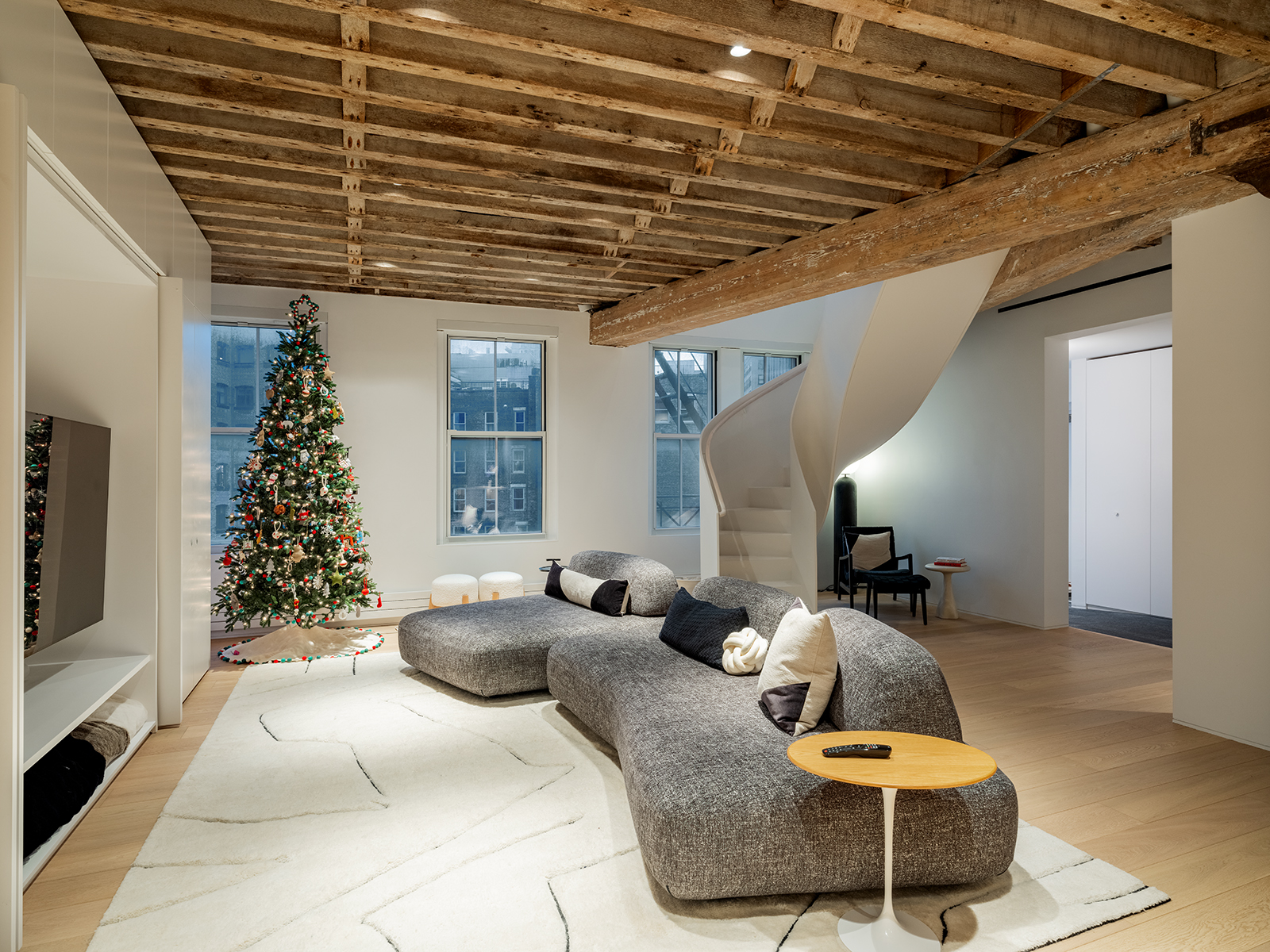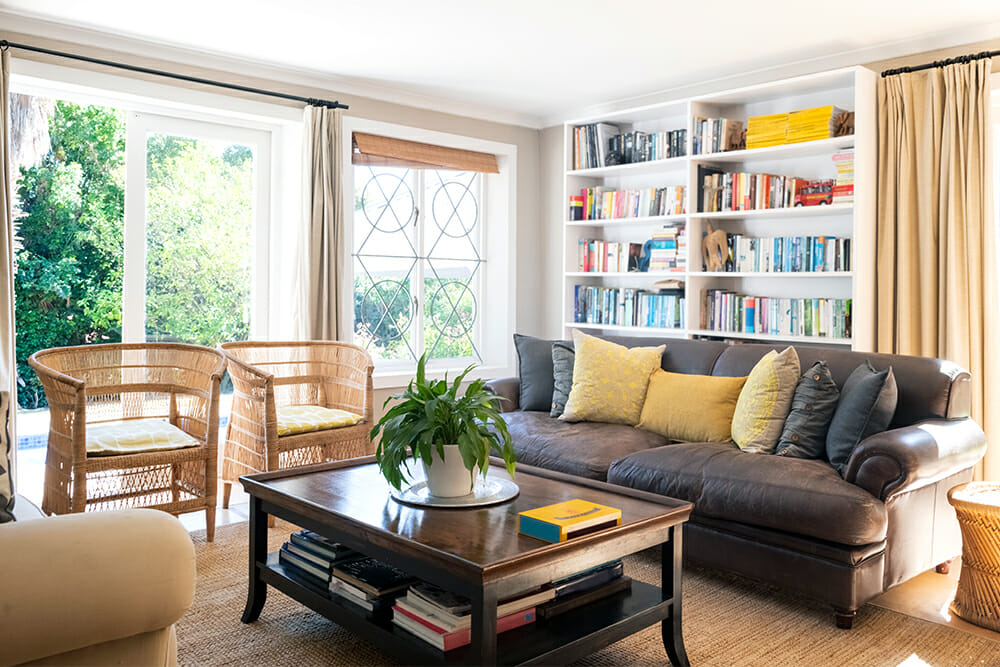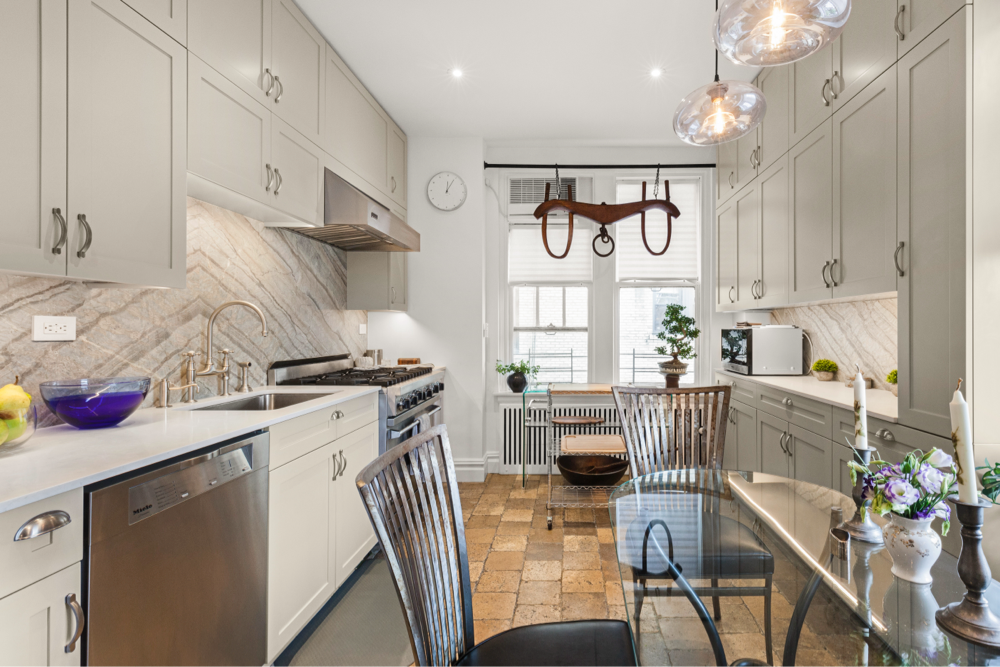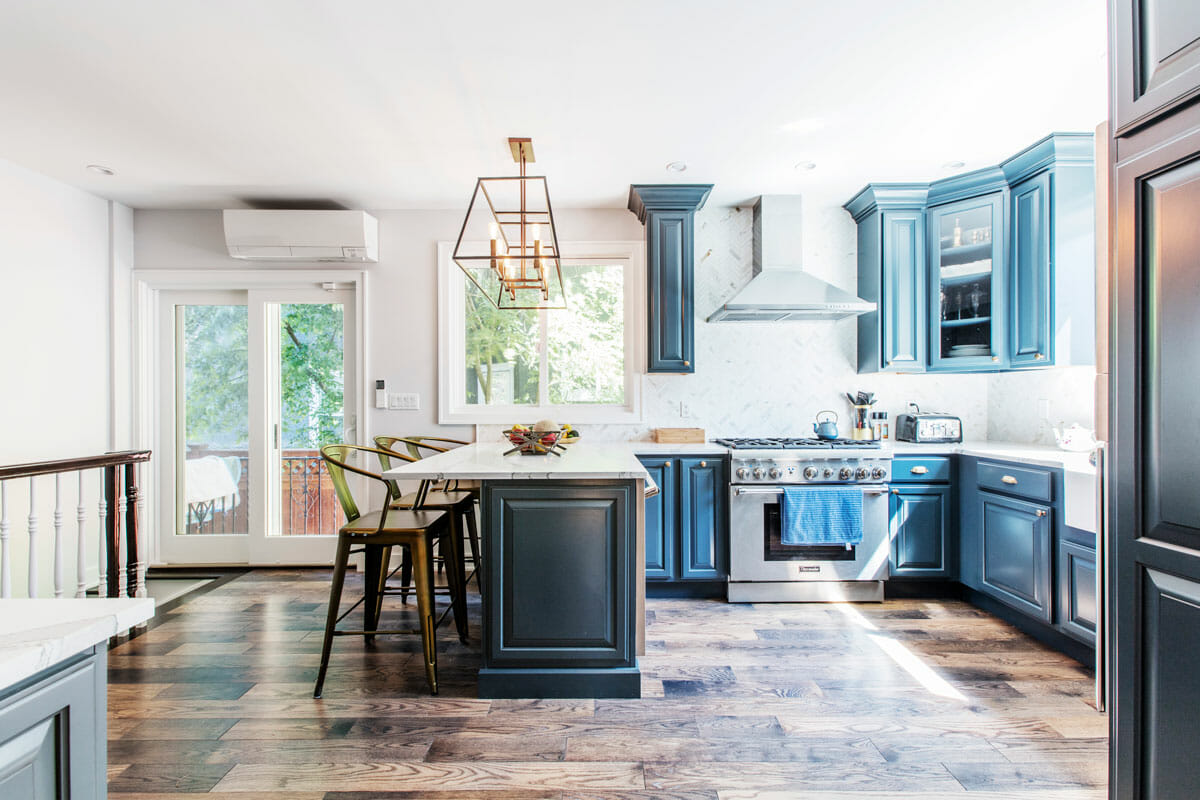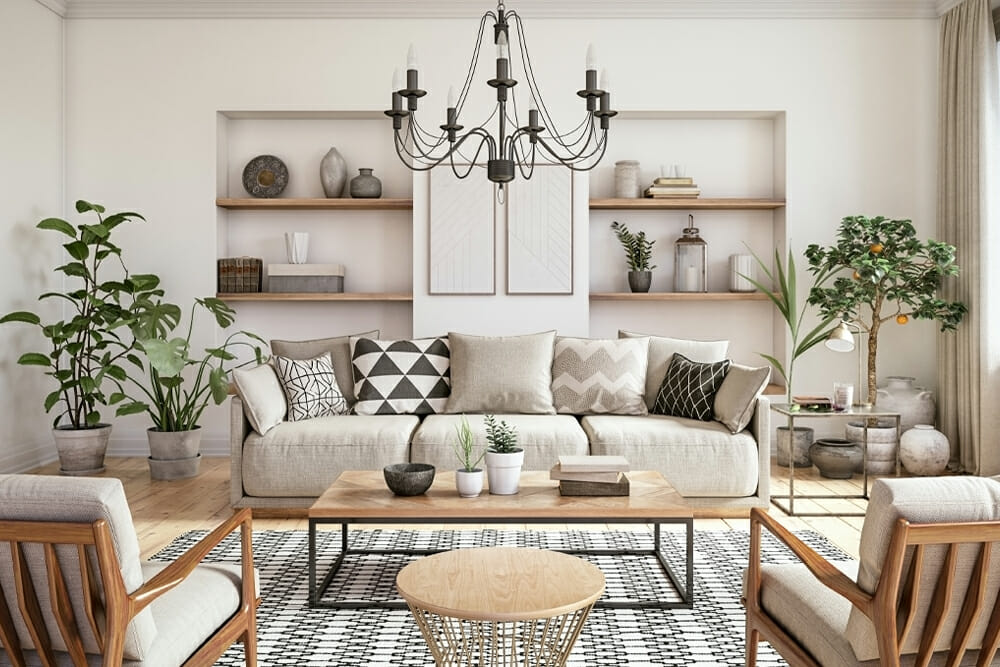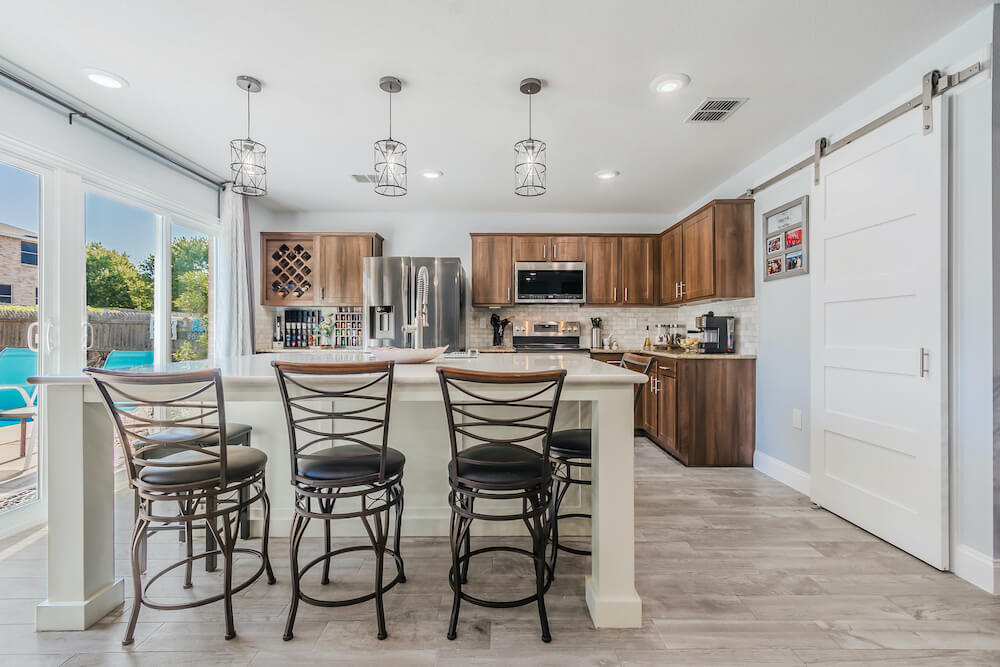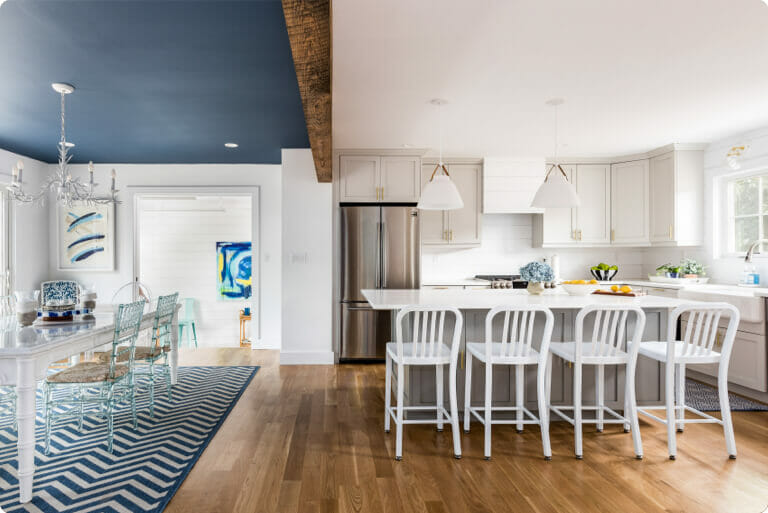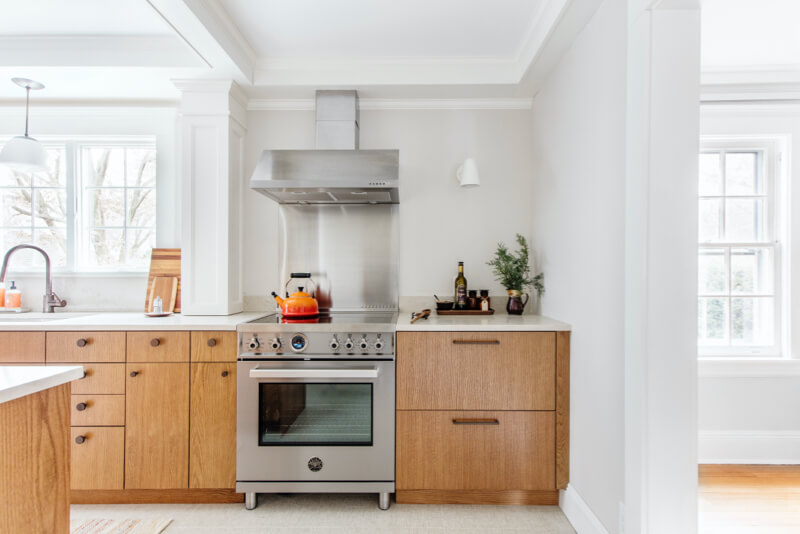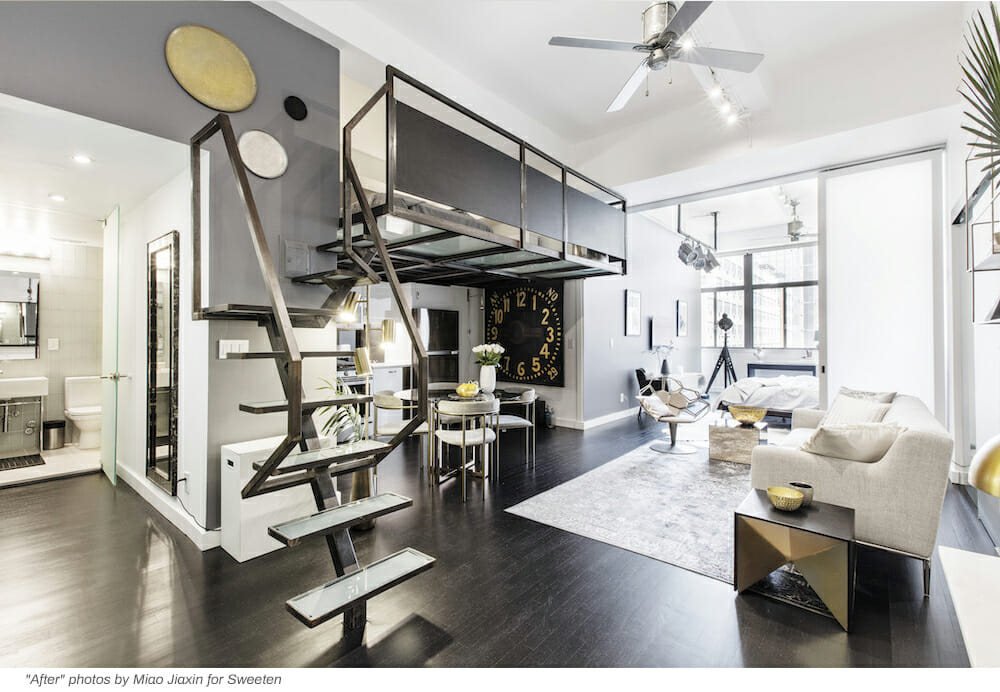Are Sunrooms Really Living Space? The Surprisingly Tricky Question That Affects Your Home’s Value
You’re dreaming of that perfect sun-drenched nook. A place for morning coffee, a quiet reading spot, or an overflow entertaining area. You call it a sunroom. But when it comes to the nitty-gritty of home value, square footage, and even taxes, the question of whether your sunroom actually counts as “living space” is far more complicated than it seems.
It’s not just semantics. How a sunroom is classified can dramatically impact your home’s appraisal, resale value, and even the cost of your homeowner’s insurance. So, let’s unpack what real estate professionals, appraisers, and building codes actually mean by “living space.”

The Cold, Hard Truth: It’s All About Climate Control (Mostly)
The primary differentiator between a “sunroom” and what counts as Gross Living Area (GLA), or heated living space, boils down to one critical factor: permanent, adequate heating and cooling. Sweeten brings homeowners an exceptional renovation experience by personally matching trusted general contractors to your project, while offering expert guidance and support—at no cost to you. Renovate expertly with Sweeten
Think about it this way: could you comfortably live in that space year-round, in any weather condition, without relying on portable heaters or fans? If the answer is no, it likely won’t be counted in your GLA.
Here’s why this distinction matters:
- Appraisals: Appraisers typically follow guidelines, like those from Fannie Mae (a major player in the U.S. mortgage market), that define GLA as “finished, heated interior space.” If your sunroom isn’t permanently heated (and often cooled) like the rest of your home, it’s usually excluded from the official square footage used for valuation.
- Resale Value: While buyers might love a sunroom, if it’s not climate-controlled, it’s often viewed as a bonus feature rather than increasing the per-square-foot value of the home in the same way a heated bedroom or living room would.
- Building Codes: The construction requirements for a three-season sunroom are often less stringent than for an addition designed as year-round living space. This difference in construction directly impacts its ability to be fully integrated into the home’s heated footprint.
Boosting Your Home’s Value and Appeal
One of the most compelling reasons to ensure your sunroom counts as legitimate living space is its impact on your home’s value. Imagine potential buyers stepping into your home and being greeted by a bright, spacious, and climate-controlled sunroom. This isn’t just a bonus room; it’s an extension of the primary living area, adding valuable square footage that directly contributes to the appraisal and resale price. It transforms your home into a unique, sought-after property, offering an “oasis” that can captivate prospective owners and set your home apart in the market. You get to enjoy it now, and it pays off later.
Versatile Space for Every Occasion
Beyond the financial uplift, an all-season sunroom provides incredibly versatile space for relaxation or entertainment. Envision a tranquil haven where you can escape the daily grind, read a book bathed in natural light, or simply unwind, no matter the weather outside. When it’s time to entertain, this integrated space shines. It’s perfect for hosting gatherings, from cozy dinner parties to lively game nights, offering the charm of the outdoors without any of the discomfort. It truly becomes a central hub in your home, fostering connections and creating lasting memories.
So, What Doesn’t Count (Usually)?
Most sunrooms fall into one of these categories that typically don’t make it into the official GLA:
- Three-Season Rooms: These are common. They have windows (often single-pane or less insulated) and might have some form of heating (like a gas fireplace or space heater), but lack the permanent, ducted HVAC system of the main house. They’re great for spring, summer, and fall, but too cold in winter.
- Screened Porches: These are essentially outdoor rooms with screens. No climate control whatsoever. Definitely not living space.
- Unfinished Basements/Attics: Even if they’re massive, if they’re not finished to the same standard as the rest of the home and connected to the central HVAC, they’re not GLA.
When Does a Sunroom Make the Cut? The “All-Season” Distinction
For a sunroom to be truly considered part of your home’s living space, it needs to be an all-season room. This means:
- Permanent HVAC: It must be connected to your home’s central heating and air conditioning system, or have its own dedicated, permanent, and adequately sized HVAC unit.
- Proper Insulation: Walls, ceiling, and flooring must be insulated to the same standards as the rest of your home. This prevents heat loss in winter and heat gain in summer.
- Foundation: It should be built on a proper foundation, not just a concrete slab or deck.
- Integrated Construction: The construction materials and quality should match the main dwelling.
- Permits & Approvals: Crucially, it must have all the necessary building permits and have passed inspections as a heated, finished space. In the U.S., this often involves local zoning and building departments.
If your “sunroom” meets these criteria, it’s less of a sunroom and more of a true addition to your home’s footprint, and will almost certainly be included in the GLA.
(Imagine an infographic comparing “3-Season Room” vs. “All-Season Addition” with checkboxes for HVAC, Insulation, Foundation, etc.)
The Takeaway: It’s Not Just About the View
The appeal of a sunroom is undeniable, offering a bridge between indoor comfort and the outdoors. But when you’re planning a renovation, or even just wondering about your home’s true value, understanding the technical distinction between a “sunroom” and “living space” is paramount.
Don’t let marketing terms mislead you. If you’re hoping to add square footage that genuinely boosts your home’s appraised value, your “sunroom” needs to be built as a full, climate-controlled, year-round addition. Otherwise, it’s a fantastic bonus, but technically, not part of your home’s main living area. The warmth you feel might be from the sun, but the warmth of your investment comes from insulation and HVAC.
Planning to renovate? Get free cost estimates from our GCs!
Get matched with our vetted general contractors and receive at least 3 quotations for free! You can also find endless home renovation inspiration, detailed guides, and practical cost breakdowns from our blogs.
